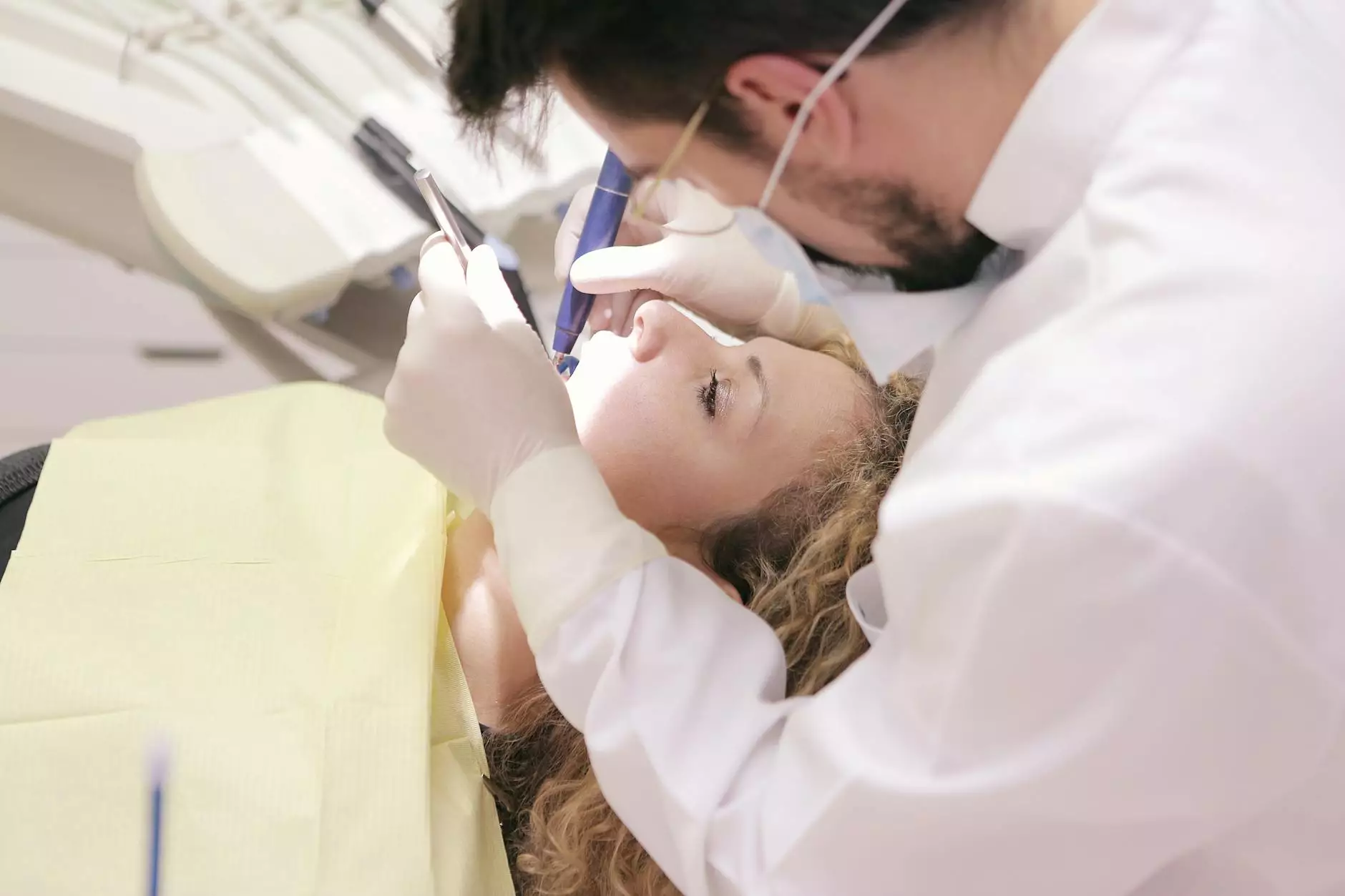Understanding the Endometriosis Surgery Procedure: A Comprehensive Guide

Endometriosis is a challenging and often painful condition that affects many individuals worldwide. It occurs when tissue similar to the lining inside the uterus grows outside of the uterus, leading to various symptoms, including pelvic pain, heavy menstrual bleeding, and infertility. For some patients, endometriosis surgery procedure becomes a necessary step toward relief and improved quality of life.
What is Endometriosis Surgery?
Endometriosis surgery is a medical procedure designed to remove endometrial-like tissue from areas where it does not belong. The surgery aims to alleviate pain, improve fertility, and enhance overall well-being. Depending on the severity of the condition, there are several types of surgical interventions available.
Types of Endometriosis Surgery Procedures
There are primarily two main types of surgeries performed for endometriosis:
Laparoscopy
Laparoscopy is a minimally invasive surgical option that is commonly used to diagnose and treat endometriosis. In this procedure, the surgeon makes small incisions in the abdomen and inserts a laparoscope (a slender tube with a camera) to view the pelvic organs. The surgeon can then remove the endometriotic tissue and adhesions.
Laparotomy
Laparotomy is a more invasive procedure and is usually reserved for severe cases of endometriosis. It involves a larger abdominal incision and provides a direct view of the pelvic organs. This technique allows for extensive removal of endometrial tissue, though it comes with a longer recovery time.
When is Surgical Intervention Necessary?
Not every case of endometriosis requires surgery. However, surgical intervention may be recommended in the following scenarios:
- Severe Pain: When pain medications and hormonal treatments do not provide relief.
- Infertility: If endometriosis is contributing to infertility and other treatments have not been successful.
- Extent of Disease: When the disease has advanced and is significantly impacting the reproductive organs.
Benefits of Endometriosis Surgery
Undergoing an endometriosis surgery procedure can offer several benefits, including:
- Pain Relief: Removing endometrial tissue can significantly reduce pelvic pain and improve quality of life.
- Improved Fertility: For those struggling with infertility, surgery can help by removing obstacles to conception.
- Diagnosis: Surgery can provide a definitive diagnosis, which is vital for future treatment options.
Preparing for Endometriosis Surgery
Preparation for surgery is crucial for achieving the best possible outcomes. Here are some steps to take:
- Consultation: Schedule a comprehensive consultation with your healthcare provider to discuss your symptoms, medical history, and the best surgical options.
- Pre-Operative Testing: Expect to undergo various tests, such as blood tests and imaging studies, to assess your health and the extent of the disease.
- Medication Adjustments: You may need to stop certain medications in preparation for surgery; consult your doctor for guidance.
The Surgery Day: What to Expect
On the day of the procedure, patients can expect the following:
- Anesthesia: You will be given anesthesia to ensure you remain comfortable during the surgery.
- Procedure Duration: Laparoscopy usually takes 1 to 3 hours, while a laparotomy may take longer.
- Recovery Room: Post-surgery, you’ll be monitored in a recovery room before being sent home or into a hospital room for further observation.
Recovery After Endometriosis Surgery
Recovering from an endometriosis surgery procedure requires patience and self-care. Here’s what to expect:
Immediate Recovery
Initially, you may experience discomfort, swelling, or bruising at the incision sites. Your doctor will provide pain relief options to manage these symptoms.
Long-Term Recovery
Full recovery may take several weeks, especially if you undergo a laparotomy. Follow your post-operative instructions carefully, which may include restrictions on physical activity and dietary recommendations.
Potential Risks and Complications
Like any surgical procedure, endometriosis surgery carries potential risks. These can include:
- Infection: There is always a risk of infection post-surgery.
- Bleeding: Uncontrolled bleeding could require additional intervention.
- Damage to Organs: Rarely, surrounding organs may be damaged during surgery.
Post-Surgery Follow-Up
Regular follow-up appointments with your healthcare provider are essential to monitor your recovery and manage any ongoing symptoms. Your doctor will guide you on how to maintain your health and what steps to take if symptoms return.
Exploring Other Treatment Options
This surgical procedure often complements other treatments for endometriosis. Options may include:
- Hormonal Therapy: Blood level adjustments can help manage symptoms.
- Pain Management: Over-the-counter medications and supplements may assist in pain relief.
- Physical Therapy: Targeted physical therapy can provide additional comfort and improve quality of life.
How to Choose the Right Healthcare Provider
Selecting the right provider is vital for successful outcomes. Here are tips to make the best choice:
- Research Credentials: Verify the experience and qualifications of your surgeon, specifically in treating endometriosis.
- Patient Reviews: Read testimonials and reviews from previous patients.
- Consultation: Schedule an initial consultation to gauge the doctor’s approach and comfort level.
Final Thoughts on Endometriosis Surgery Procedures
Deciding on an endometriosis surgery procedure is deeply personal and often complicated. Working closely with healthcare professionals, you can find the right path to recovery and relief from endometriosis symptoms. Awareness and education will empower patients to make informed choices for their health and well-being.
For more personalized care and information, consider consulting with experts like those at drseckin.com, who specialize in endometriosis and are committed to providing quality healthcare solutions.









